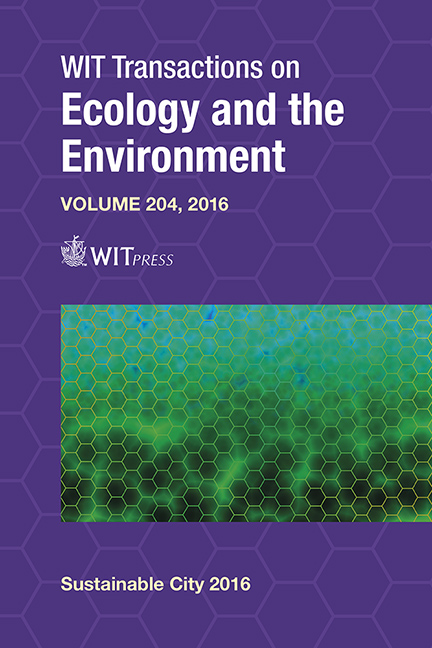The Influence Of Open Space On The Sustainable Development Of A Residential Area: Three Time Periods – Three Case Studies In The City Of Brno (Czech Republic)
Price
Free (open access)
Transaction
Volume
204
Pages
13
Page Range
807 - 819
Published
2016
Size
1,316 kb
Paper DOI
10.2495/SC160661
Copyright
WIT Press
Author(s)
M. Wittmann, M. Kristof, S. Kubinova
Abstract
The factors influencing the sustainable development of housing include the properties of open spaces, understood as undeveloped land between residential buildings. The size of the open space, the amount of greenery, the spatial arrangement, the height of the surrounding buildings and many other factors influence the quality of the environment. These and other properties of the space influence the ecological stability of the area, its hygiene qualities, its use by various social groups and also the value of the surrounding real estates. These qualities indicate the environmental, social and economic sustainability of the area. The proposed research methodology assesses specific indicators of sustainability within a range from 0 to 10 points. Five points correspond to the general standard in the area, 0 points indicates degradation, and 10 points indicates the greatest possible contribution to sustainable development. Observation methods, methods of questionnaire research, statistical analyses, and methods of measurement are used to determine the values of the given indicators. The mutual relationship between the properties of the residential structure, its open space and indicators of sustainability can be demonstrated by analyses of case studies. The methodology is verified by them. Three forms of residential structures in the City of Brno in the Czech Republic were selected for analysis – the courtyard of a building from the 19th century, areas in the panel housing estate constructed under socialism in the 20th century, and a courtyard in a new residential building from the beginning of the 21st century.
Keywords
sustainable development, residential structure, the open space, case studies, historical building, panel housing estate





